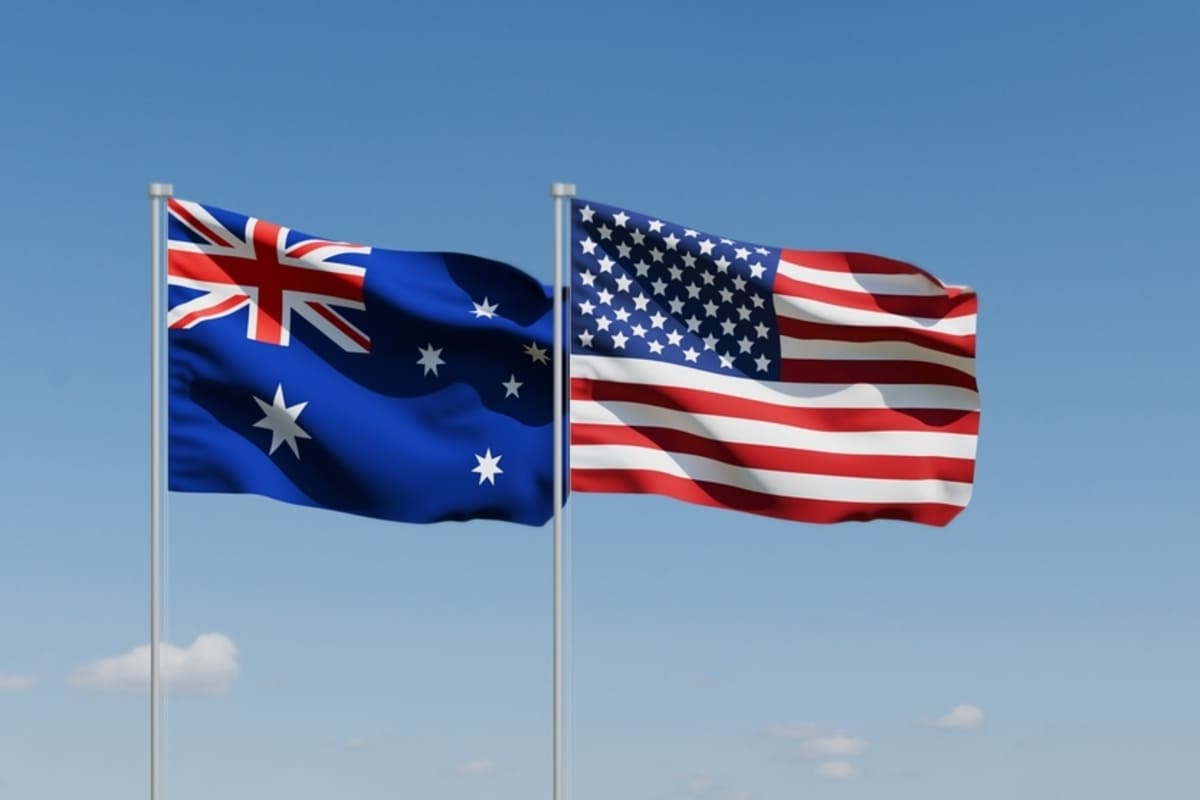The United States (U.S.) and Australia have joined forces in a landmark $2 billion investment to boost the critical minerals sector, including a major push to advance the Alcoa gallium project in Western Australia. This collaboration aims to reduce global reliance on China’s dominance in critical minerals supply chains and foster strategic mineral independence for both nations.
Targeting essential minerals for advanced technologies
The bilateral agreement marks a significant step in expanding mining and processing capabilities for essential minerals, with the U.S. and Australian governments committing to invest $1 billion each over the next six months in related projects. The critical minerals targeted include rare earths and other technology-essential elements, such as gallium, vital for semiconductor, defense, and advanced electronics industries.
Central to this partnership is the planned development of a gallium production facility alongside Alcoa’s existing alumina refining operations in Western Australia. Gallium is a key component in alumina and used extensively across advanced technology sectors. The project stems from a joint agreement Alcoa signed in August with Japan Australia Gallium Associates—a venture comprising Japanese government interests alongside Sojitz Corporation. Upon completion of a feasibility study, a joint venture special purpose vehicle (SPV) will be formed involving the U.S., Australian, and Alcoa governments. This SPV is expected to fund the new plant, which aims to have an annual production capacity of around 100 tons of gallium. Investors in this SPV will receive gallium output proportional to their shareholding.
Beyond Alcoa, the U.S. Export-Import Bank has issued seven letters of interest (LOIs) totaling over $2.2 billion directed to advance critical minerals projects in Australia, including companies such as Arafura Rare Earths and Northern Minerals. These letters represent official intentions to back projects key to securing mineral supplies for U.S. manufacturing, national defense, and strategic industries.
Read more: U.S. to impose 25 percent tariff on imported medium and heavy-duty trucks
Aims to unlock billions in mineral deposits
The broader partnership between the U.S. and Australia aligns with a framework that focuses not only on investment but also on establishing a price floor for essential minerals—a longtime goal of Western miners and policymakers trying to stabilize markets and encourage sustainable production. U.S. President Donald Trump and Australian Prime Minister Anthony Albanese heralded the pact as pivotal to unlocking mineral deposits worth an estimated $53 billion and shifting supply away from China’s overwhelming market control.
While the announcement has been welcomed by mining industry experts and investors, there is consensus that timelines for operationalizing new mining and processing projects by 2027 remain ambitious. Analysts further noted that rare earths and critical mineral projects typically have long lead times, and significant supply increases may realistically take five to seven years to materialize. However, the agreement provides momentum for a supply chain transformation away from dependence on China, who currently dominates global production of many critical minerals.




